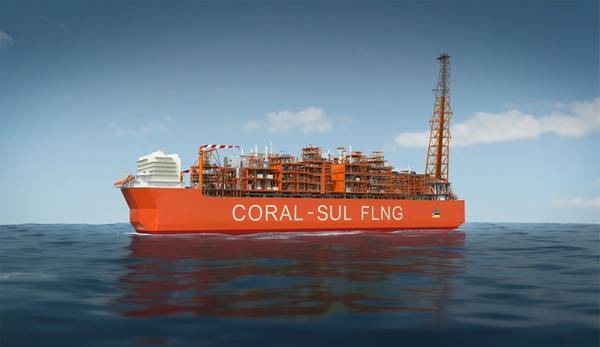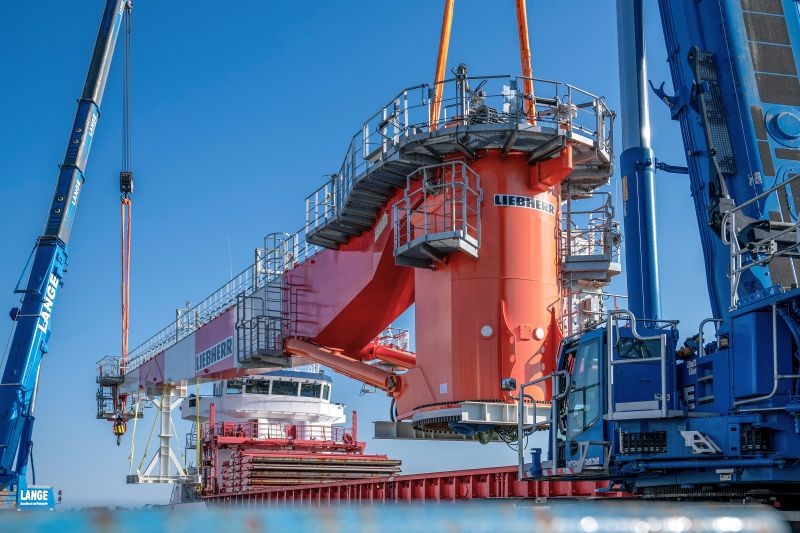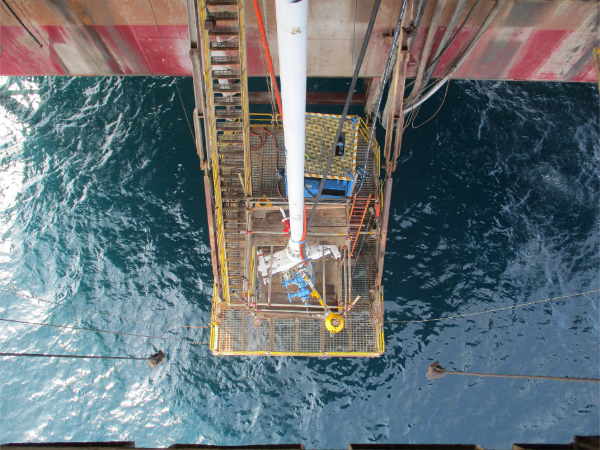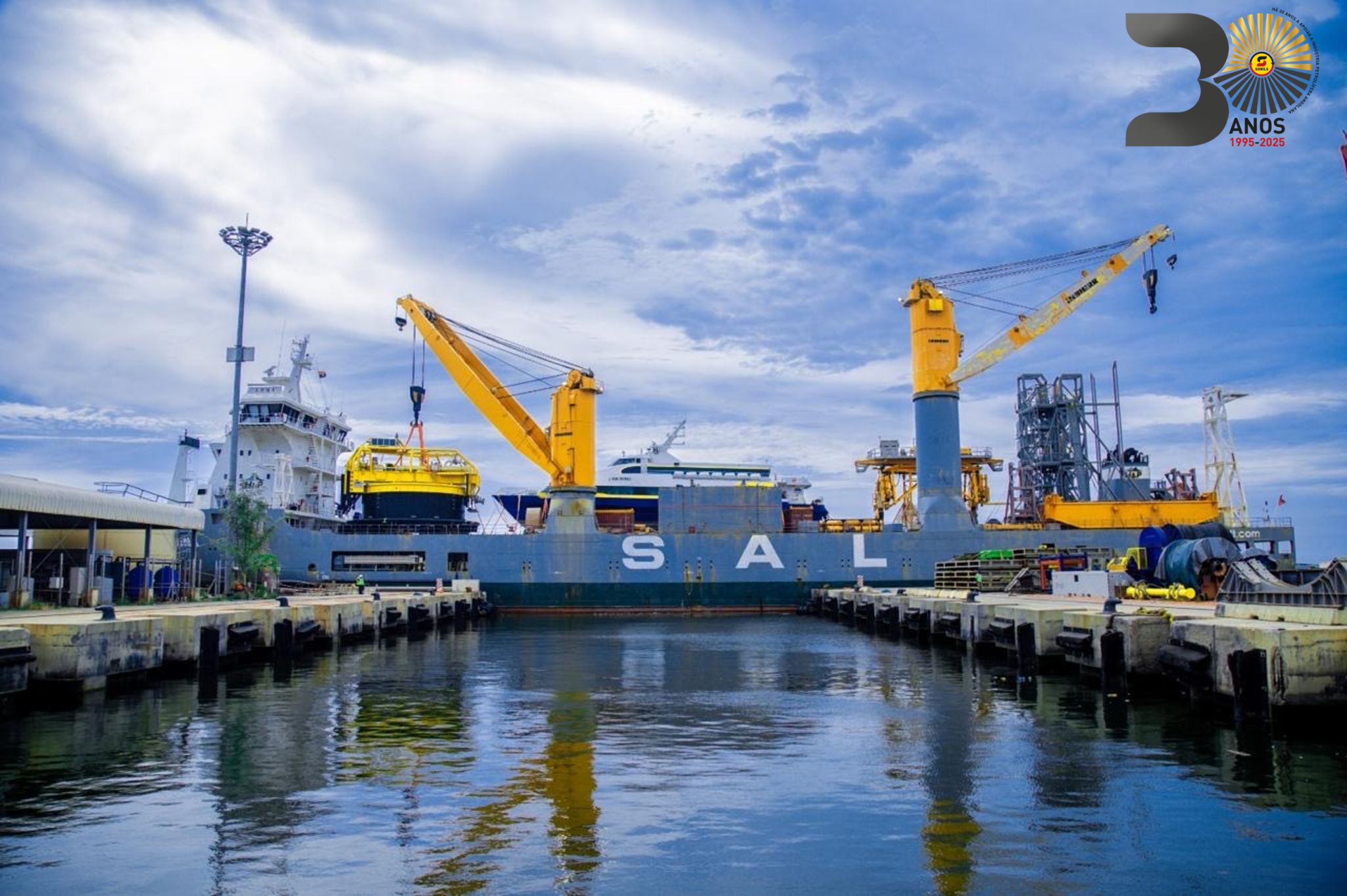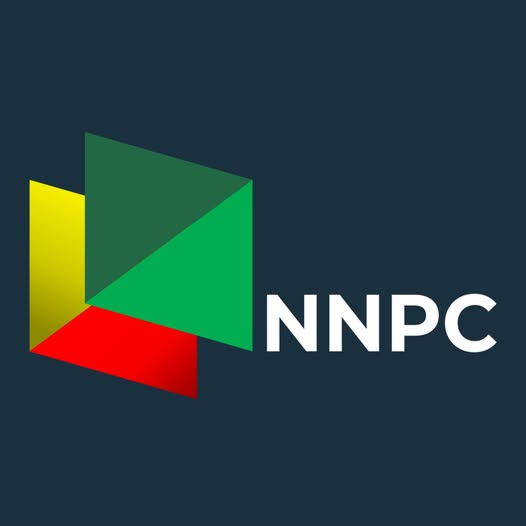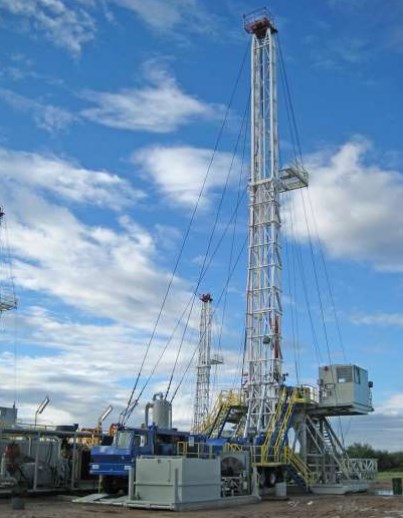ZIMBABWE: Cabora Bassa Seismic Completed
The Cabora Bassa 2021 seismic survey has been completed with a total of 839.5 km of high-resolution 2D seismic data acquired. A total of 402.2 km of data was acquired in SG 4571 and following approvals, a further 437.1 km of contiguous data was acquired in an existing application area. The CB21 Seismic Survey significantly exceeds the Company’s minimum work program obligations of 300km of 2D seismic data for the current license
the period which runs to June 2024.
The remaining geophone retrieval was completed on 2nd November and final data harvesting will be completed in the coming days. The demobilization of equipment and personnel has commenced and is expected to be completed in the next week.
The HSE performance throughout the program has been exceptional, and the project has now exceeded 142,000 hours without a Lost Time Injury (LTI) or recordable incident and is a testament to the Polaris and Invictus teams.
The CB21 Seismic Survey generated nearly 200 direct jobs during the campaign for the local Muzarabani and Mbire communities as well as the procurement of goods and services from local suppliers in keeping with the Company’s strong local content policy.
The Company also implemented a student and lecturer attachment program from the local universities to develop and transfer skills in the oil and gas industry.
Invictus Managing Director Scott Macmillan commented:
“The completion of the CB21 Seismic Survey is a significant milestone for the Company in our exploration program in the Cabora Bassa Basin. The quality of the high-resolution seismic data we have acquired is excellent and providing great insights into the petroleum potential of the basin. The Company would like to acknowledge Polaris and the local Invictus and One-Gas teams for the outstanding seismic campaign which
has generated a fantastic dataset and importantly was achieved with excellent health and safety performance with 142,000 hours LTI and incident free.
The seismic data processing and interpretation is ongoing once completed will enable us to identify and mature additional prospects and leads. The better imaging over the giant Muzarabani structure is very encouraging and once the interpretation of the full dataset is completed, we expect to refine the location for the basin opening Muzarabani-1 well which is scheduled to be drilled in 1H 2022.”

